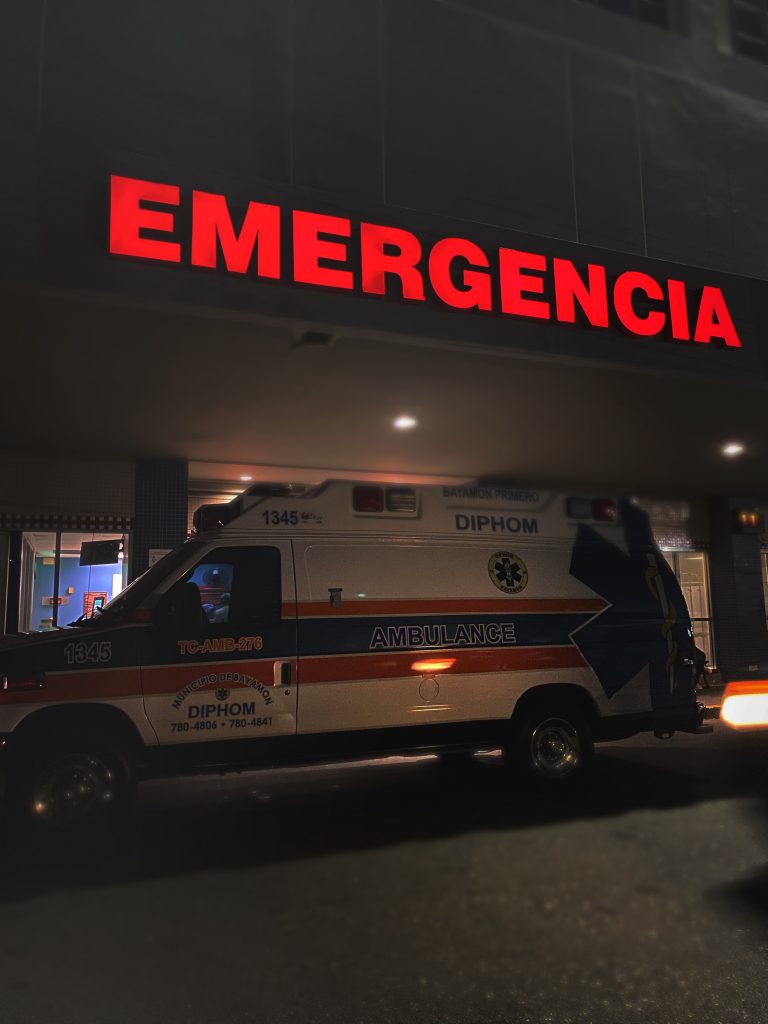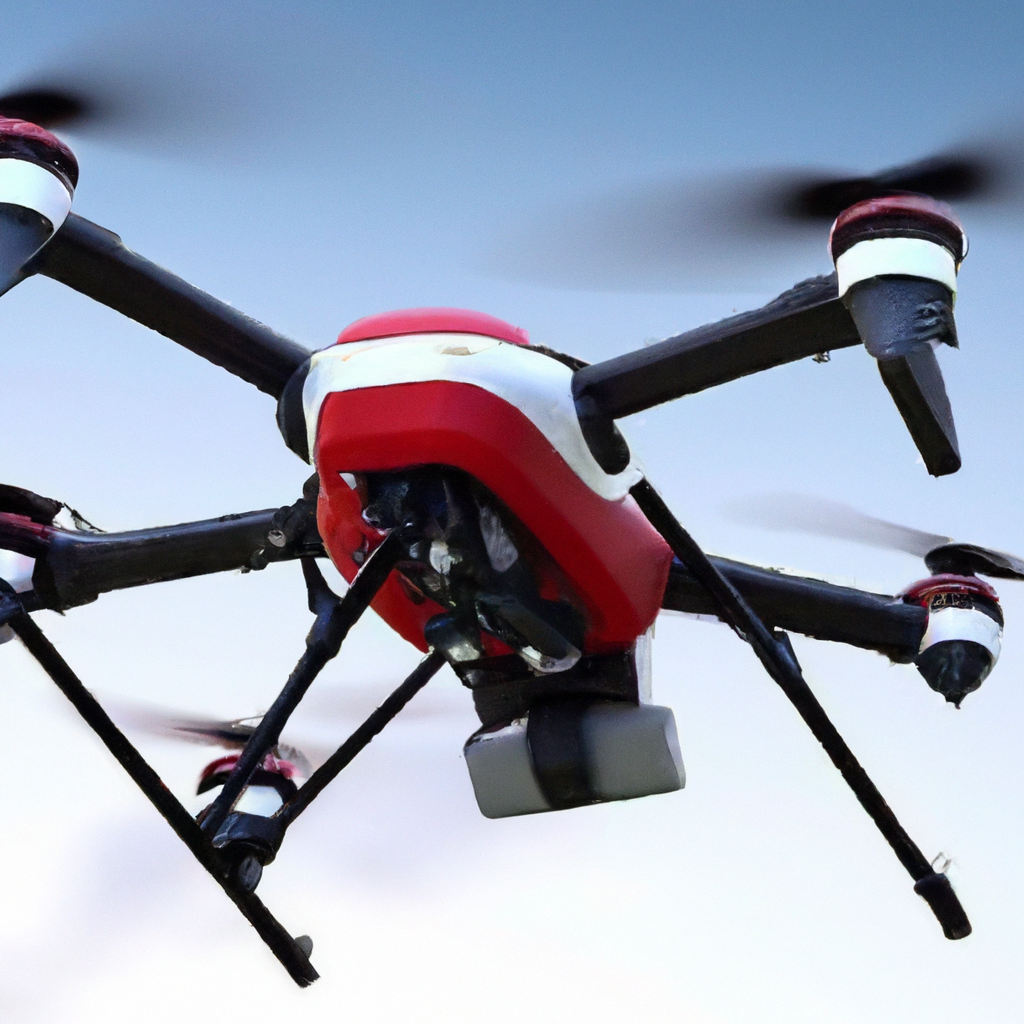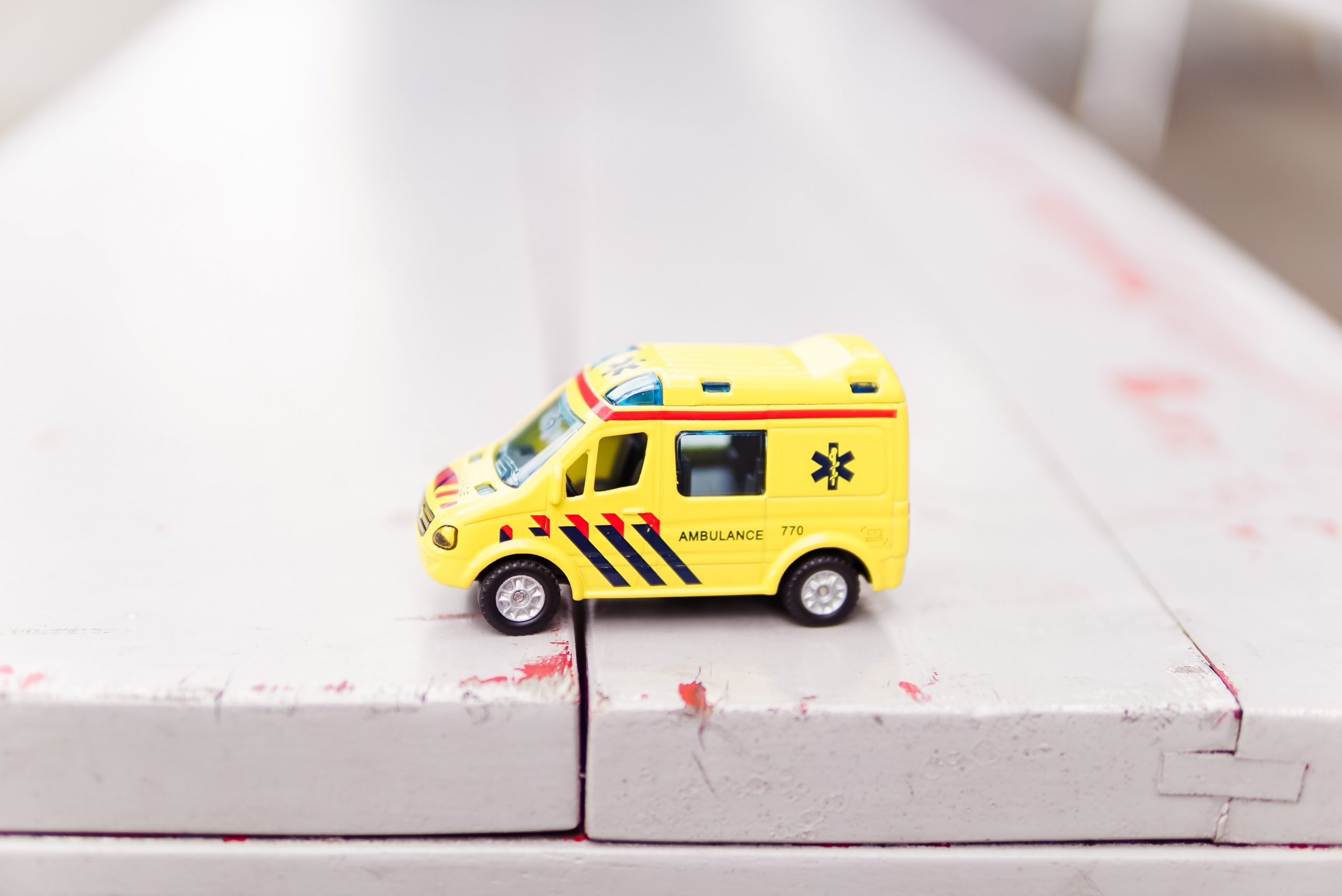Imagine a future where help arrives in minutes, not hours. Picture a world where drones, those flying machines that have become a common sight in our skies, are not just delivering packages but saving lives. That future is not as distant as you might think. Air ambulance drones are quickly emerging as the next frontier in emergency response, revolutionizing the way we provide critical medical care in remote areas, disaster-stricken regions, and even crowded cities. In this article, we will explore the potential of these high-tech flying vehicles and how they could transform the face of emergency healthcare. Get ready to be amazed by the possibilities that air ambulance drones bring to the table.

What are Air Ambulance Drones?
Definition
Air ambulance drones are unmanned aerial vehicles (UAVs) that have been specifically designed to provide emergency medical services. These drones are equipped with the necessary technology and equipment to transport medical supplies, equipment, and even patients quickly and efficiently.
Overview
In recent years, there has been significant progress in the field of drone technology, opening up new possibilities for various industries, including emergency medical services. Air ambulance drones have the potential to revolutionize the way emergency medical care is provided, particularly in hard-to-reach or remote areas. By leveraging the speed, maneuverability, and versatility of drones, emergency medical professionals can potentially provide life-saving interventions faster than ever before.
The Advantages of Air Ambulance Drones
Faster Response Times
One of the main advantages of air ambulance drones is their ability to drastically reduce response times in emergency situations. Traditional ambulance services often face challenges related to traffic congestion and inaccessible terrain, which can result in delayed responses. However, air ambulance drones can bypass these obstacles, allowing medical professionals to reach the scene of an emergency quickly. This increased speed has the potential to save precious minutes, which can be critical in situations where every second counts.
Improved Accessibility
Air ambulance drones have the ability to access remote areas that may be difficult for traditional ambulances to reach. Whether it’s a remote rural location or an area affected by natural disasters, drones can quickly navigate through challenging terrain and provide medical assistance where it is needed the most. This improved accessibility can significantly impact the outcomes of emergency situations, particularly in situations where timely medical intervention is crucial.
Reduced Costs
Implementing air ambulance drones in emergency medical services can potentially lead to cost savings. Traditional air ambulance operations often involve significant expenses, including aircraft maintenance, pilot training, and fuel costs. By utilizing drones instead, these expenses can be greatly reduced. Drones are typically more cost-effective to operate and maintain, making them an attractive option for emergency medical service providers looking to optimize their resources without compromising the quality of care provided.

The Challenges of Implementing Air Ambulance Drones
Regulatory Hurdles
One of the primary challenges in implementing air ambulance drones is navigating the complex regulatory environment. The use of drones for commercial purposes is subject to strict regulations imposed by aviation authorities. These regulations may vary from country to country, making it challenging to achieve widespread adoption of air ambulance drones. Overcoming these regulatory hurdles will require collaboration between relevant stakeholders, including government agencies, aviation authorities, and emergency medical service providers.
Privacy Concerns
The use of air ambulance drones raises valid privacy concerns, particularly when it comes to capturing images or transmitting patient data. Maintaining patient confidentiality and ensuring that personal information remains secure is of paramount importance. Adhering to strict privacy protocols and implementing robust data encryption measures can help address these concerns and build trust in the use of air ambulance drones for emergency medical services.
Limited Payload Capacity
Another challenge in the implementation of air ambulance drones is their limited payload capacity. While drones can carry essential medical supplies and equipment, their capacity to transport patients is currently limited. This poses a challenge when it comes to providing more extensive medical interventions or transferring patients who require specialized care. Advancements in drone technology and the development of larger, more powerful drones may help overcome this limitation in the future.
How Air Ambulance Drones Work
Aerial Navigation Systems
Air ambulance drones utilize advanced aerial navigation systems to ensure safe and efficient transportation of medical supplies and equipment. These navigation systems often incorporate GPS technology, enabling precise positioning and route planning. Additionally, drones may be equipped with obstacle avoidance sensors to detect and maneuver around potential obstacles during flight, further enhancing their safety and reliability.
Medical Payloads
Air ambulance drones are equipped with specialized medical payloads that can carry essential medical supplies, equipment, and even automated external defibrillators (AEDs). These payloads are designed to be lightweight yet durable, ensuring the safe transport of medical resources during flight. The development of custom-made medical payloads specific to different emergency scenarios allows for flexibility in providing appropriate medical interventions.
Communication Technologies
Effective communication is crucial in emergency medical services, and air ambulance drones are equipped with advanced communication technologies to facilitate seamless communication between medical professionals on the ground and in the air. These technologies may include two-way radios, audiovisual communication systems, and real-time data transmission capabilities. By enabling effective communication, air ambulance drones can enhance coordination and ensure the delivery of optimal medical care.

Addressing Safety Concerns
Collision Avoidance Systems
Safety is a paramount concern when it comes to the use of air ambulance drones. To address this concern, collision avoidance systems are implemented in these drones. These systems rely on a combination of sensors, such as ultrasonic sensors and cameras, to detect and avoid obstacles during flight. By continuously monitoring the drone’s surroundings, collision avoidance systems can help ensure safe and incident-free operations.
Fail-Safe Mechanisms
To further enhance safety, air ambulance drones are often equipped with fail-safe mechanisms. These mechanisms are designed to automatically activate in the event of a malfunction or emergency situation. For instance, if a drone’s power supply becomes low, fail-safe mechanisms can initiate an automated return-to-base procedure or activate emergency landing protocols. These fail-safe mechanisms help mitigate risks and ensure the safe operation of air ambulance drones.
Weather Conditions
Weather conditions can significantly impact the safe operation of air ambulance drones. Strong winds, heavy rain, or fog can pose challenges and compromise the stability and control of the drones. Therefore, it is essential to have robust weather monitoring systems in place to assess the feasibility and safety of drone flights. By closely monitoring weather conditions, emergency medical service providers can make informed decisions and ensure the safety of both the drone and the personnel involved.
Case Studies: Successful Air Ambulance Drone Programs
Swiss Rescue Drone
The Swiss Rescue Drone program, launched in 2017, aimed to test the feasibility and effectiveness of using drones for emergency medical services. The program successfully demonstrated that air ambulance drones can significantly reduce response times in emergency situations, particularly in remote mountainous areas. The drones were equipped with a medical kit containing essential supplies, an AED, and a camera for real-time communication with medical professionals. The success of this program highlighted the immense potential of air ambulance drones in emergency response.
Delft Hyperloop
The Delft Hyperloop project, initiated by the Delft University of Technology in the Netherlands, explored the use of air ambulance drones for medical emergencies in a high-speed transportation system. The project demonstrated that drones could be seamlessly integrated into existing transportation infrastructure to provide efficient medical services. By leveraging the speed and efficiency of hyperloop technology, air ambulance drones were able to quickly reach patients in need, further emphasizing the versatility and adaptability of these drones in emergency situations.
Flying Doctors
The Flying Doctors, an organization based in Australia, has been using air ambulance drones to provide medical assistance in remote Indigenous communities. These communities often lack access to the healthcare resources available in urban areas, making it challenging to provide timely medical interventions. The use of air ambulance drones has allowed the Flying Doctors to transport medical supplies and equipment quickly, improving the accessibility and quality of healthcare services for these communities. This successful implementation showcases the significant impact that air ambulance drones can have on underserved populations.

The Future of Air Ambulance Drones
Technological Advancements
The future of air ambulance drones is promising, with ongoing advancements in technology driving further innovation in this field. As drone technology continues to evolve, we can expect to see improvements in areas such as battery life, flight range, payload capacity, and maneuverability. These advancements will not only enhance the capabilities of air ambulance drones but also increase their reliability and safety, making them an indispensable tool in emergency medical services.
Integration with Existing Emergency Services
To maximize the benefits of air ambulance drones, integration with existing emergency services and infrastructure is crucial. Collaborating with traditional ambulance services, hospitals, and emergency response centers can ensure seamless coordination and enhance the overall effectiveness of emergency medical care. By integrating air ambulance drones into existing emergency services, the response time, accessibility, and quality of healthcare can be further optimized.
International Adoption
While air ambulance drones have shown great promise in various pilot programs and case studies, widespread international adoption still requires overcoming several challenges. Harmonizing regulations across different countries, addressing cultural and societal concerns, and establishing international standards will be necessary to ensure the safe and effective implementation of air ambulance drones globally. Efforts towards international collaboration and cooperation can help accelerate the adoption of this transformative technology in emergency medical services.
The Ethical and Legal Implications
Patient Consent and Confidentiality
The use of air ambulance drones raises important ethical considerations regarding patient consent and confidentiality. Clear protocols and guidelines must be established to ensure that patients are adequately informed about the use of drones in their medical care. Additionally, measures should be in place to safeguard patient confidentiality and protect sensitive medical information from unauthorized access.
Liability and Insurance Coverage
Determining liability and insurance coverage is another critical aspect to consider when implementing air ambulance drones. Establishing clear guidelines and policies regarding liability allocation and insurance coverage can help protect all parties involved and ensure fair compensation in the event of accidents or incidents. Collaboration between insurance providers, emergency medical service providers, and legal experts is essential in developing comprehensive frameworks for liability and coverage.
Impact on Traditional Emergency Services
The introduction of air ambulance drones may have implications for traditional emergency services. It is crucial to ensure that the integration of drones does not lead to the exclusion or redundancy of existing emergency service providers. Instead, the use of drones should be seen as a complement to traditional services, enhancing their capabilities and expanding their reach. Establishing effective communication and collaboration channels between drone operators and traditional emergency service providers can help achieve this balance.

Conclusion
Air ambulance drones have the potential to revolutionize emergency medical services by providing faster response times, improved accessibility, and reduced costs. While challenges such as regulatory hurdles, privacy concerns, and limited payload capacity exist, ongoing developments in technology and successful case studies demonstrate the viability of air ambulance drones. The future of this transformative technology relies on technological advancements, integration with existing emergency services, and international collaboration. As the ethical and legal implications are addressed, air ambulance drones can become a valuable tool in saving lives and enhancing emergency medical care.



